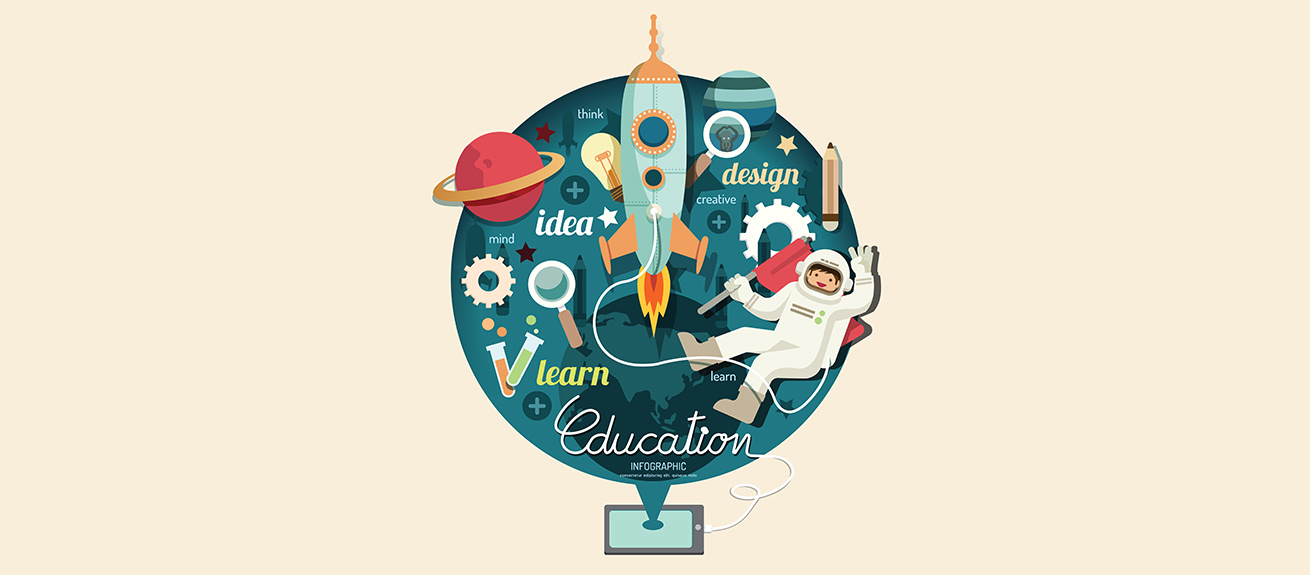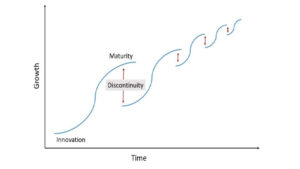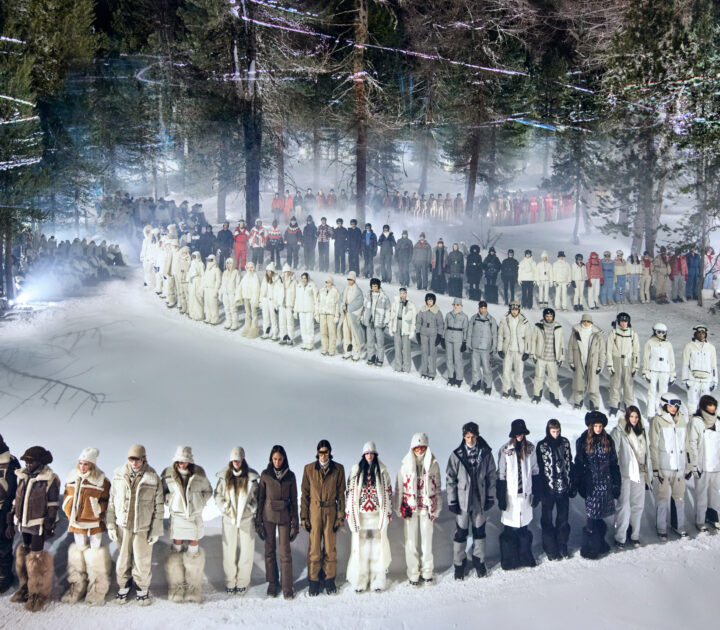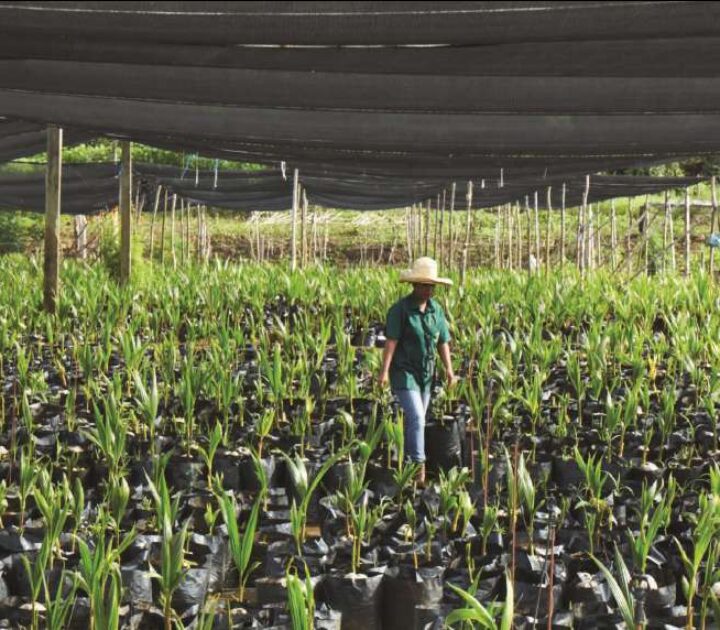68 participants gathered at IMD to learn about how A.L.I.E.N. thinking could help them transform their businesses and industries. They came away with tools to help them connect with customers, develop future products and implement new ideas in their organizations.
How many of the top Fortune 100 companies from the early 1900s do you think are still in existence today? A good answer would be between 10 and 15. Naturally, this depends on how you examine the data. If you are quite strict about the criteria, there is only one company from the early 20th century that is still in business today and doing exactly the same thing it did when it started out: Ford Motor Company. If you relax this assumption, then you could say that 16 others, including GE, are still in existence but have diversified and gone into other fields. But is GE really still the same organization it was then? The reality is that most of these firms have transformed dramatically.
Leaders have three main responsibilities: (1) taking care of the present, i.e. existing clients, employees and shareholders, (2) planning for the future – future opportunities, markets, clients and so forth, and (3) figuring out what to do with the way they have done things in the past. Managing these three time horizons is key to steering their companies through an ever-changing world. It also involves thinking in paradoxical, illogical and transformational ways. This is what we call A.L.I.E.N. thinking:
A is for anthropologist. A well-known anthropologist from the early 20th century is Margaret Mead. To understand the culture and way of life of so-called primitive societies, she spent time in the Samoan Islands and New Guinea, dressing and living like the natives and building empathy for their world. This is what anthropologists do. But studying customers in this way to understand their way of life and their needs in an effort to increase sales requires considerable time and energy. And in today’s volatile world, by the time any conclusions had been reached, they would probably be obsolete. Businesses need to not only understand consumer behavior but also spot and react to changes, fast. Today, digital technologies are used to gather and analyze massive amounts of information quickly to understand consumer behavior and spot new trends as they emerge in real time.
L stands for lateral thinking, which refers to the capacity to make connections between previously unlinked ideas, for example by adapting ideas from one use to another. Bombardier Aerospace, a leading manufacturer of regional and business aircraft, realized that a lot of people liked the status and flexibility of having their private jet but could not necessarily afford to own and maintain an aircraft that they only needed for a limited number of hours per year. So, in 1995 it launched Flexjet, “a turnkey program allowing individuals or companies to purchase a share in a Bombardier business jet at a fraction of the full ownership cost.” No other jet manufacturer offered this. Then, in March 2004 it introduced another new financing program: Jet Rich Quick, which made “fractional jet ownership accessible to more individuals and companies.”
I is for imagination, or the capacity to dream up novel concepts. The electric car was perceived to be an ecological concept and no one really challenged its limitations. Or at least not until Tesla’s Elon Musk decided to imagine a luxury electric car, revolutionizing the electric car industry. Musk is known for dreaming up ideas that others think impossible. He does this by ignoring past assumptions and looking for solutions to bring his ideas to life.
E is for experimenting. An A.L.I.E.N. thinker is constantly experimenting with markets to try to understand what works and what does not. Successful innovations are usually the result of multiple iterations, testing, learning and improving each time until you uncover the truth. This is what the founders of internet fashion rental company Rent the Runway did to test their idea of renting out designer dresses. They tested their assumptions in a restricted environment, experimenting with various business models to see what did and did not work.
N stands for navigation. This refers to navigating the established system to get new ideas adopted within the organization. Many novel ideas may go against organizations’ standard practices and can fundamentally transform an industry. Leaders can do many things to navigate political and established forces in their firms and create meaningful and lasting change within their industry. It is important not to get derailed from the mission and instead lead the people in the organization toward a new future.
The digital anthropologist
Digital anthropology refers to the study of the relationship between humans and their digital-era tools. It offers great opportunities. Companies need to understand their customers in order to come up with good ideas. This is what digital anthropologists try to do. Spending time with consumers to try to understand their world would be difficult and slow and it is not just a matter of asking customers what they want. People do not always know what they want or need until they see it. As Henry Ford famously said, “If I asked my customers what they wanted, they would have said a faster horse.”
Today digital anthropologists have advanced digital technologies at their disposal to observe consumers and understand their problems without having to get up close and personal. One such technology is the “Estimote Beacon,” a digital transmitting device that can be attached to any object. In retail stores, they can allow managers to observe how people transit through the store, obtain insights into how customers relate to products, and track the movement of products. The beacons can reveal how many products a customer examines and which ones the customer does and does not buy. Each time a customer picks up a product, puts it back on the shelf or purchases it, the action is coded as an event. Each event is then analyzed by data scientists and managers and the information can then be used to optimize store and product performance.
Learning from people who live in the future
Industries – not firms – evolve in waves. Each wave correlates with a new generation of offerings. Engineers constantly strive to improve the functional performance and attributes of products. Over time these innovations progress in an S-shaped curve (see Figure 1). A good example is the calculator industry.
Figure 1: The S-Curve showing shortening innovation cycles over time
Humans have forever tried to find better aids to counting. For almost 3,000 years, various versions of the abacus were used. One of the first calculators was the slide rule, developed in Europe in the early 17th century. It remained the most commonly used calculation tool for about 250 years. People were even sent to the moon on the basis of calculations using this technology. In the mid-19th century something fundamentally different appeared, the mechanical calculator. It was the size of a small desktop computer and could perform less calculations than the slide ruler, but within one century, every major company was using these electro-mechanical calculators. In the 1970s Texas Instruments introduced an electronic hand-held calculator that could be used to facilitate complex scientific calculations, and within a decade, companies like Sharpe and Casio were almost giving digital calculators away as they cost almost nothing to produce. These were soon replaced with computer applications like Visicalc, Lotus 123 and Excel and now calculator apps are integrated into smartphones.
The first key learning here is that each time a technology is displaced by a new one, the innovator is never the manufacturer of the existing leading product. Incumbents never seem to jump from one S-curve to another. Innovations generally come from outside the company or even from another industry.
The second key learning is that innovation cycles are shortening. The jump from the slide ruler to the mechanical calculator took about 200 years. The next technology leap took roughly 100 years. The following one happened just 10 years later and then another one followed within just six years. In other words, the speed of technological revolutions is accelerating and they are happening in every industry. People are not just innovating faster. There are also many more people innovating in many more areas than before.
What is going on behind the S-curves? At the beginning of an S-curve, many kinds of firms are selling a variety of things. Over time, some win and some lose. The winners realize that they have power in the market that they did not have before. They respond by building proprietary systems and trying to integrate everything in order to better serve their customers. However, in the process these firms become bigger, more complex and slower. At one point, the needs of customers change faster than the company can adapt. This is a key signal that something is amiss in a company and industry. Meanwhile, new competitors and entrants appear and put pressure on the market to transform and force large firms to fragment.
Steal like (from) a champion
Living in the future means envisioning and then creating a future based on servicing customers with novel solutions to their problems. While discoverers know what they are looking for and set out to find it, explorers take chances by creating new things, like artists. As Pablo Picasso reputedly said, “Good artists copy, great artists steal.” Leaders thus need to think like explorers, become more adventurous and steal the essence of ideas from outside their industries, like Bombardier did with its Flexjet program.
Another illustrative example of “stealing” ideas from other industries is Jack Hughes, founder of TopCoder, a software company that organizes computer programming competitions. An avid basketball fan, Hughes studied the tournament structure of the National Collegiate Athletic Association and envisioned software coding competitions along those lines. These competitions are not only challenging and fun, they also provide companies with novel solutions and allow participants to validate their skills with their “TopCoder” scores. In the process, Hughes also revolutionized the traditional coding job market since programmers now share their TopCoder scores with potential employers as proof of their programming skills.
Hughes regularly uses ideas from other disciplines to innovate because, as he points out, novel ideas that are going to give the company a leading edge are unlikely to come from within the industry or discipline.
Discovery Driven Planning
Of course, once managers have had such “Aha” moments, they need to grow their ideas within their organization. This is easier said than done because companies often fail to embrace the great ideas of their people. One way to succeed is to apply discovery driven planning, which involves preparing the company for the next S-curve while the core business is still healthy. Indeed, organizations tend not to innovate while their core business is still successful, and this is generally what prevents them from leaping onto the next S-curve.
One way to understand the dynamics behind discovery driven planning is to think about startups like “Rent the Runway,” which rents out high-end fashion dresses through the internet in the same way as Netflix rents out films. Rather than spending ages developing a business plan in a constantly evolving environment, the founders started experimenting with various concepts and adapting their model based on what worked and what did not. They started out offering fellow Harvard university and college students the chance to rent dresses for upcoming events at a fraction of the cost of purchasing them, knowing that women only wore such high-end dresses once in any case. In the first experiment they allowed customers to try on the dresses first.
Next, the founders approached women at Yale University, but this time they did not allow customers to try on the dresses beforehand as they wanted to discover whether people would rent clothes without being able to try them on first. Again, the response was positive.
The third experiment was in New York City. The founders printed out pictures of high-end dresses and added short descriptions about the designers and walked around NYC, asking women if they would be interested in renting the dresses. They estimated that about 5% of them said yes.
The three experiments cost relatively little but they allowed the founders to determine whether there was indeed a market for their idea. They were also able to verify that customers did not wreck the items they rented and that they did not necessarily need to try on the clothes first. These three factors represented the “must-have conditions” to start the business in earnest.
In summary, discovery driven planning involves five steps that can help you successfully launch new ideas in your organization:
- Specify required profitability
- Estimate major cost factors
- Determine required sales level
- Isolate key variables and assumptions
- Experiment.
Conclusion
Organizations like Bombardier, Tesla, Rent the Runway and TopCoder developed novel ideas by ignoring the assumptions of the past and focusing instead on creating a new future. They remind us that we are still living in extraordinary times. As Bertrand Piccard of Solar Impulse said, “Often creativity and innovation don’t come from inside the system, because the system is too paralyzed by prejudices to invent something new.”
Learning how to think like an A.L.I.E.N. is the key to drawing out the innovation that your teams and organizations are capable of and that they need to cultivate to embrace the future.
Discovery Events are exclusively available to members of IMD’s Corporate Learning Network. To find out more, go to www.imd.org/cln
Related Book : The Idea Hunter
Great ideas come to those who are in the habit of looking for great ideas all around them, all the time.





